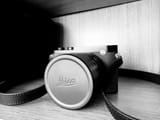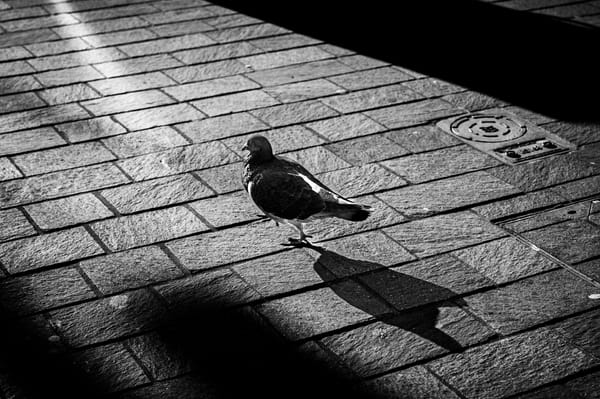Burnt toast and better writing
What's burnt toast got to do with writing?

Burnt toast and writing? Let me explain…
Imagine you’re making toast. You get distracted, and before you know it, the toast is burnt. Blackened. Ruined.
Most people would throw it away. But some don’t. Some scrape off the burnt bits, make do with what’s left, and get on with their breakfast.
That’s burnt toast theory. The idea that in life, you don’t always get the perfect slice. You make the best of what you’ve got.
Burnt Toast and Writing
Writing works the same way.
When you start, your first draft is burnt toast. Overwritten, messy, clumsy. Full of extra words, clichés, and ideas that don’t quite work.
Most people panic. They assume they’ve failed. They throw it away and start again.
But the best writers don’t.
They scrape away the burnt bits. They cut the fluff, refine the ideas, and shape what’s left into something good.
Good Writing Is Good Editing
Nobody writes perfect copy on the first try. Not David Abbott. Not Bill Bernbach. Not Orwell.
The first draft is where you get your thoughts out. The second draft is where you clean it up. The third is where you make it sharp.
That’s how you get to clarity.
The Power of Constraint
Burnt toast theory is about working with limitations.
A word count.
A deadline.
A bad first draft.
Instead of seeing constraints as problems, good writers use them as creative fuel.
Hemingway didn’t have endless pages — he had to fit a novel into six words: For sale: baby shoes, never worn.
Doyle didn’t have unlimited time — he had to write Sherlock Holmes stories on tight deadlines.
You don’t need perfection. You need to work with what you’ve got.
Scrape, Don’t Start Over
So next time your writing feels like burnt toast, don’t throw it away.
Scrape off the burnt bits.
Make the best of what’s left.
And get on with it.




